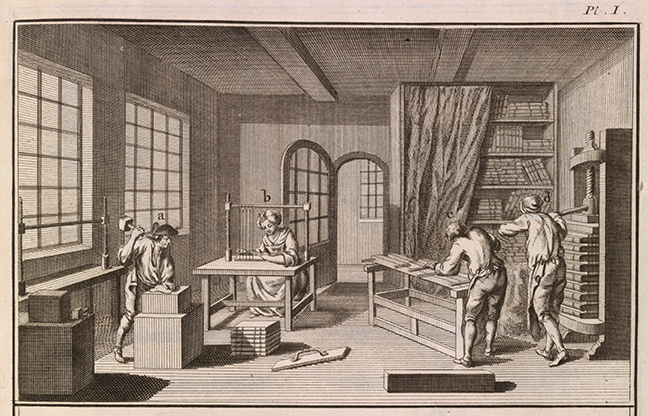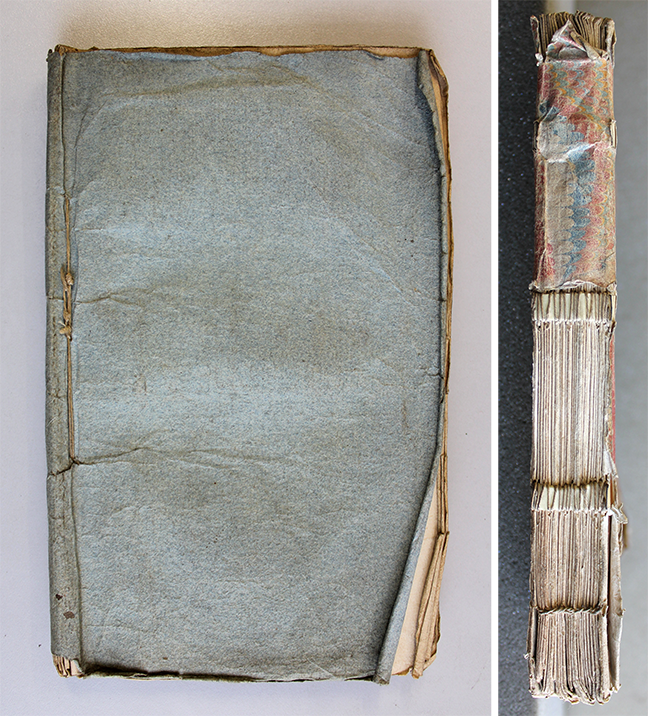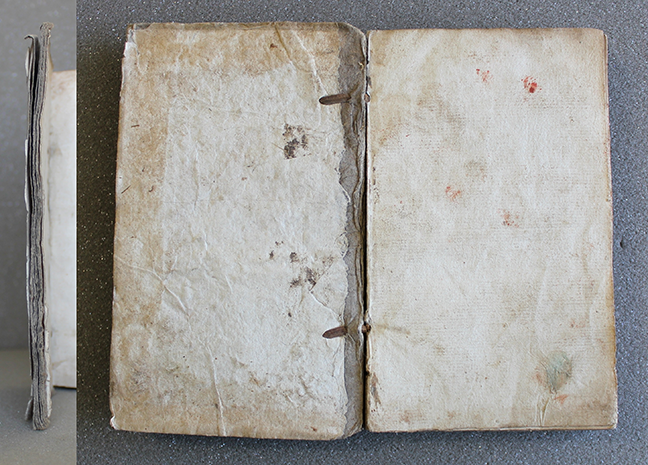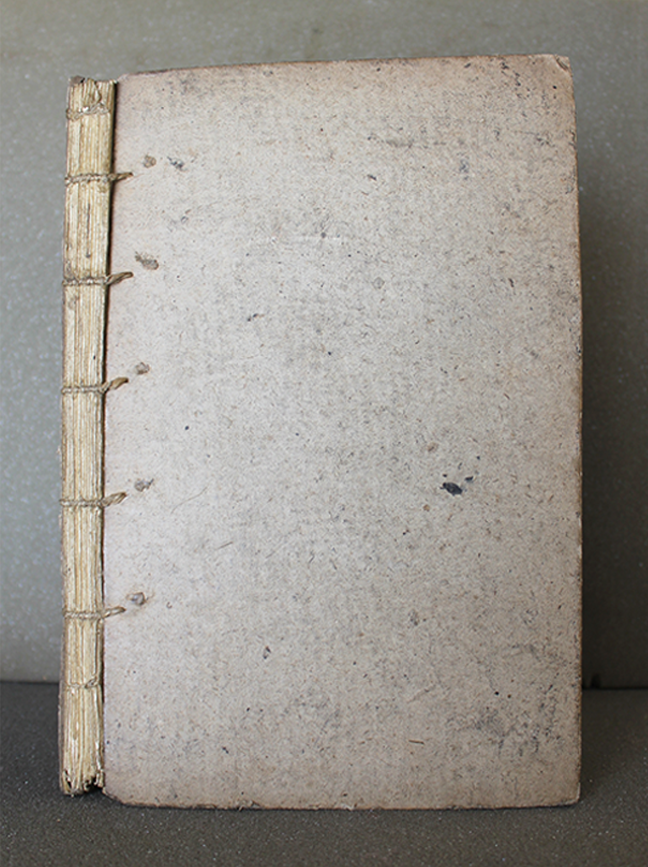This article is from the free online
The History of the Book in the Early Modern Period: 1450 to 1800


Reach your personal and professional goals
Unlock access to hundreds of expert online courses and degrees from top universities and educators to gain accredited qualifications and professional CV-building certificates.
Join over 18 million learners to launch, switch or build upon your career, all at your own pace, across a wide range of topic areas.

 Fig 1. A picture of a binder’s shop in Denis Diderot, Encyclopédie (Paris, 1771), vol viii, plate 1. © The Board of Trinity College Dublin.
Fig 1. A picture of a binder’s shop in Denis Diderot, Encyclopédie (Paris, 1771), vol viii, plate 1. © The Board of Trinity College Dublin.
 Fig 2. Two different paper covers: Richard Blackmore, A Treatise upon the Small-Pox (London, 1723), and Wolferd Senguerd Inquisitiones experimentales (Leiden, 1699).(c) The Trustees of the Edward Worth Library, Dublin.
Fig 2. Two different paper covers: Richard Blackmore, A Treatise upon the Small-Pox (London, 1723), and Wolferd Senguerd Inquisitiones experimentales (Leiden, 1699).(c) The Trustees of the Edward Worth Library, Dublin.
 Fig 3. Text-block and pasteboards cover on a copy of John Stearne, Disputationum de concursu examen (Dublin, 1660). (c) The Trustees of the Edward Worth Library, Dublin.
Fig 3. Text-block and pasteboards cover on a copy of John Stearne, Disputationum de concursu examen (Dublin, 1660). (c) The Trustees of the Edward Worth Library, Dublin.
 Fig 4. Front cover and spine of Aesop, Fabularum Æsopicarum delectus (Oxford, 1698). (c) The Trustees of the Edward Worth Library, Dublin.
Fig 4. Front cover and spine of Aesop, Fabularum Æsopicarum delectus (Oxford, 1698). (c) The Trustees of the Edward Worth Library, Dublin.






